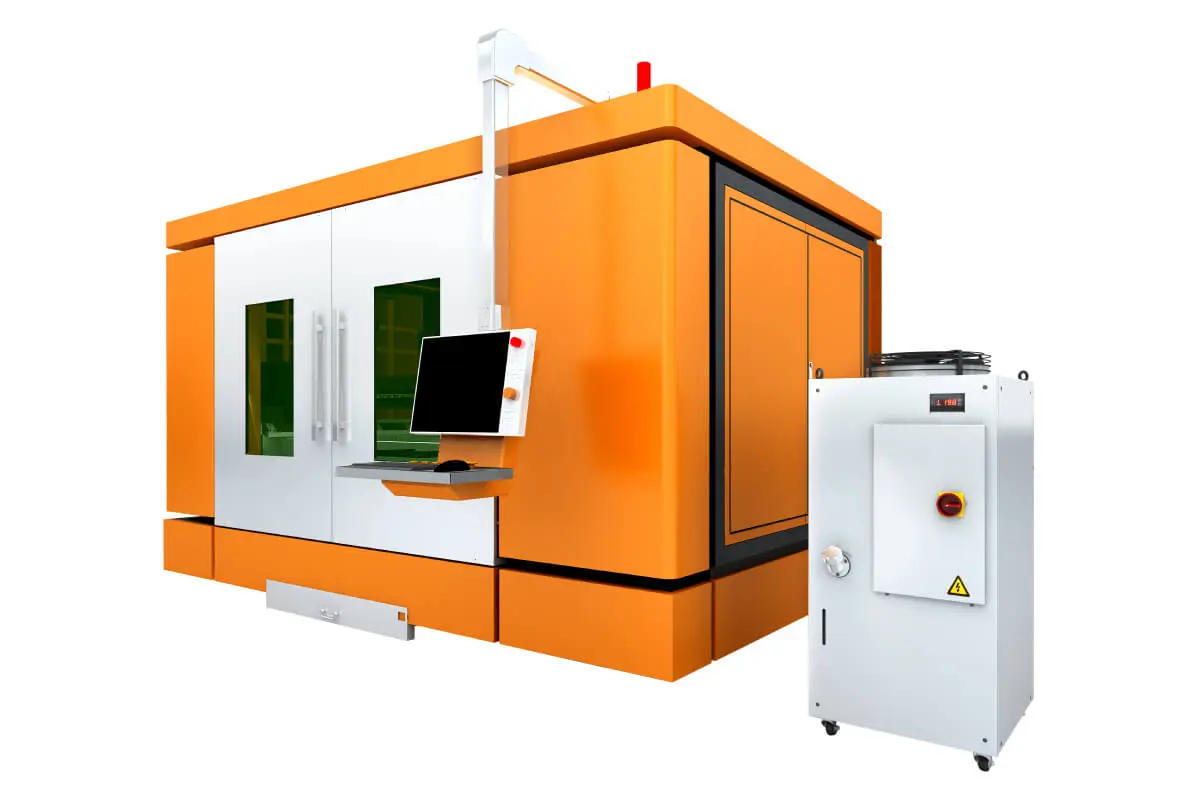****
In recent years, laser cutting technology has emerged as a transformative force in the metal fabrication industry, particularly for carbon steel. The introduction of high-performance laser cutting carbon steel machines has significantly improved the precision, efficiency, and versatility of metalworking processes. This article will delve into the key benefits of using laser cutting for carbon steel, the mechanics behind the technology, and the various applications that have revolutionized manufacturing dynamics across multiple industries.
**Understanding Laser Cutting Technology**
Laser cutting is a process that utilizes a concentrated beam of light to cut materials with extreme precision. The laser is generated and directed through a lens system that focuses the energy into a thin beam, which can reach incredibly high temperatures to melt or vaporize the material being cut. The process is particularly advantageous for carbon steel due to its high tensile strength and toughness, which can pose challenges for traditional cutting methods.
There are several types of lasers commonly used for cutting carbon steel, including CO2 (carbon dioxide) lasers and fiber lasers. CO2 lasers are known for their ability to cut thick materials at a relatively slower speed but with excellent edge quality. Conversely, fiber lasers are more efficient when working with thin to medium-gauge carbon steel, providing faster cutting speeds and reducing operational costs.
**Advantages of Laser Cutting Carbon Steel Machines**
1. **Precision and Quality:** One of the most significant advantages of laser cutting carbon steel machines is their ability to produce intricate and precise cuts. The high focus of the laser beam allows for tight tolerances, reducing the need for further finishing processes. The clean edges generated by laser cutting often eliminate the need for additional machining, saving both time and resources.
2. **Versatility:** Laser cutting machines can work with various thicknesses of carbon steel and can easily adapt to different cutting profiles and shapes. Whether creating complex designs or accurate parts, laser cutting offers unparalleled versatility, making it suitable for various industries such as automotive, aerospace, construction, and artistic applications.
3. **Minimal Material Waste:** Traditional cutting methods often produce significant scrap material. Laser cutting, on the other hand, maximizes material utilization by allowing for tightly nested cuts, which reduces waste and lowers overall production costs. This feature is especially beneficial in tight economic conditions where minimizing material costs is critical.
4. **Speed and Efficiency:** Laser cutting is a fast process, enabling manufacturers to keep up with high-demand production schedules. The speed of operation allows for greater output without compromising quality, facilitating faster turnaround times and improved customer satisfaction.
5. **Automation and Integration:** Modern laser cutting machines can be easily integrated into automated production lines, enhancing operational efficiency. Automated loading and unloading systems minimize human labor while maintaining safety standards, further streamlining the production process.

Exploring the Technological Advancements of Laser Cutting Carbon Steel Machines: Revolutionizing Precision and Efficiency in Metal Fabrication
**Applications in Various Industries**
The applications of laser cutting carbon steel machines are extensive:
– **Automotive Industry:** Laser cutting is vital for manufacturing precise components such as brackets, frames, and body panels. The automotive sector benefits from the technology’s ability to create lightweight yet strong parts that enhance overall vehicle performance and fuel efficiency.
– **Aerospace Sector:** In aerospace manufacturing, laser cutting machines are used to create intricate parts that must meet strict safety standards. The precision of laser cutting also ensures that components fit together seamlessly during assembly.
– **Construction:** In the construction industry, laser cutting technology is utilized for creating structural components, facades, and custom designs in steel. The ability to produce robust yet aesthetically pleasing elements quickly is a significant advantage in architecture.

Exploring the Technological Advancements of Laser Cutting Carbon Steel Machines: Revolutionizing Precision and Efficiency in Metal Fabrication
– **Artistic Endeavors:** Beyond industrial applications, artists and designers are increasingly turning to laser cutting for creating sculptures, furniture, and signage. The technology allows for creative expression with materials that are traditionally challenging to work with.

Exploring the Technological Advancements of Laser Cutting Carbon Steel Machines: Revolutionizing Precision and Efficiency in Metal Fabrication
**Conclusion**
Laser cutting carbon steel machines have fundamentally transformed the landscape of metal fabrication. With their unmatched precision, efficiency, and versatility, these machines are redefining industry standards and enabling manufacturers to push the boundaries of creativity and innovation. As technology continues to evolve, we can anticipate even more exciting developments in laser cutting, further enhancing its role in modern manufacturing. For businesses looking to enhance their metalworking capabilities, investing in laser cutting carbon steel machines represents a strategic step toward achieving operational excellence and competitive advantage in an ever-evolving market. High Precision Metal Cutting Machine


